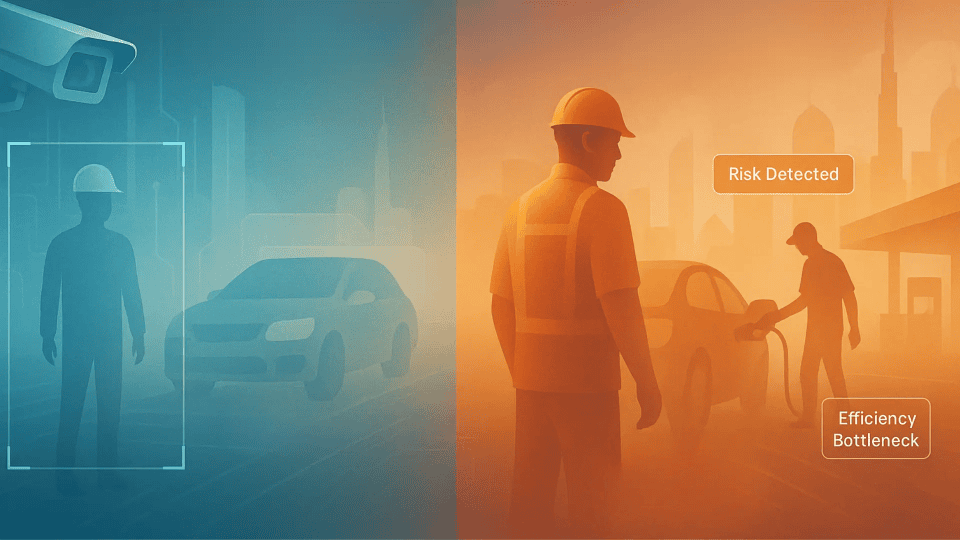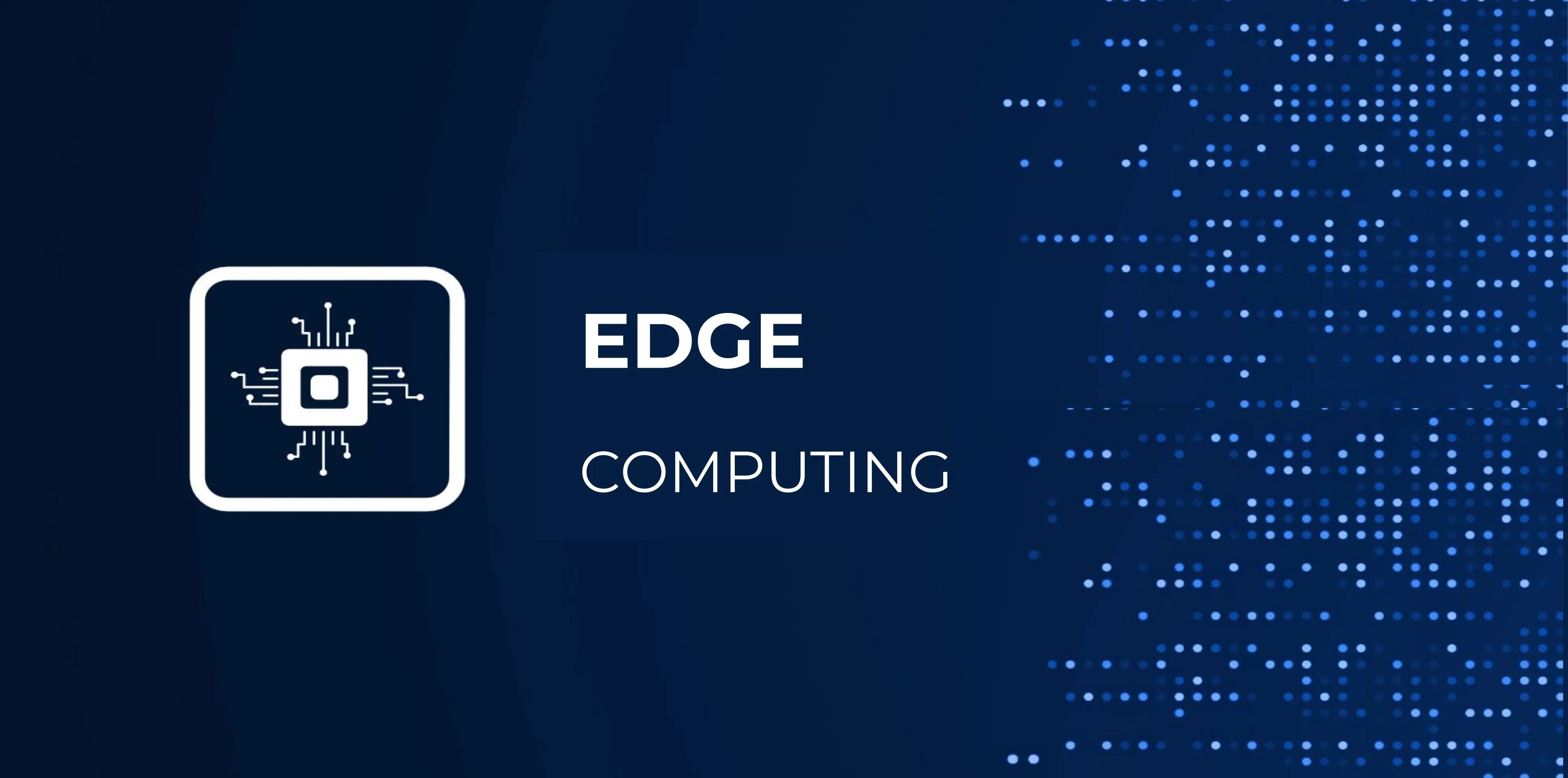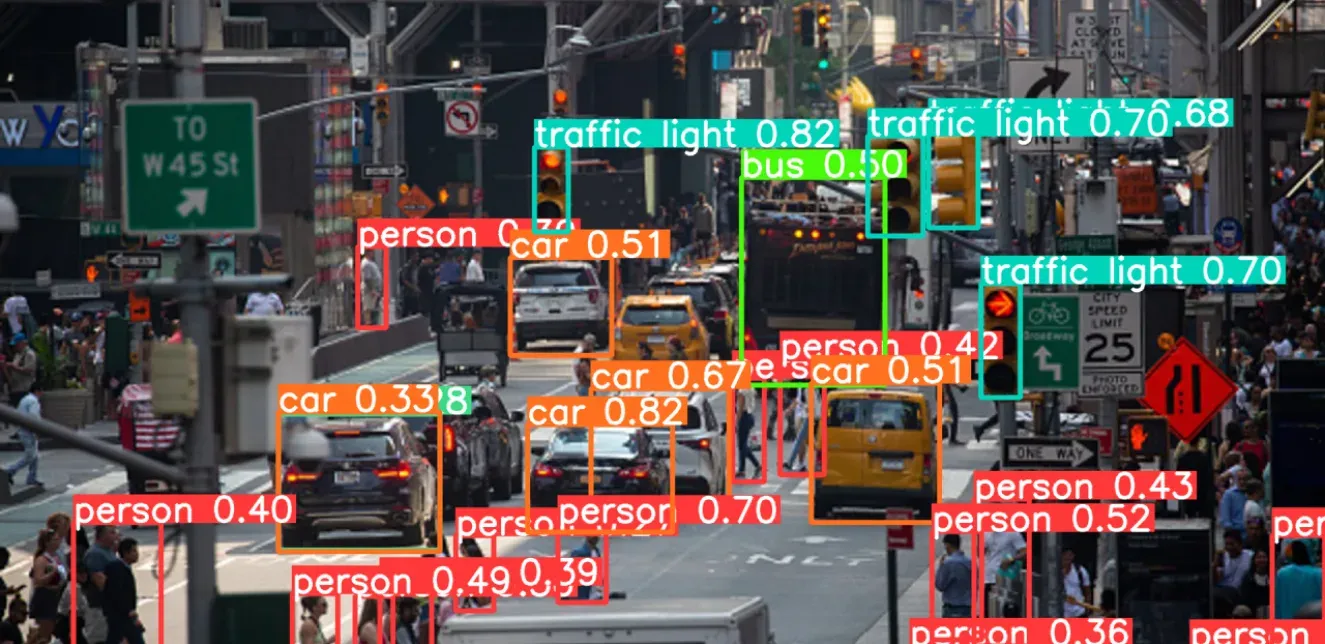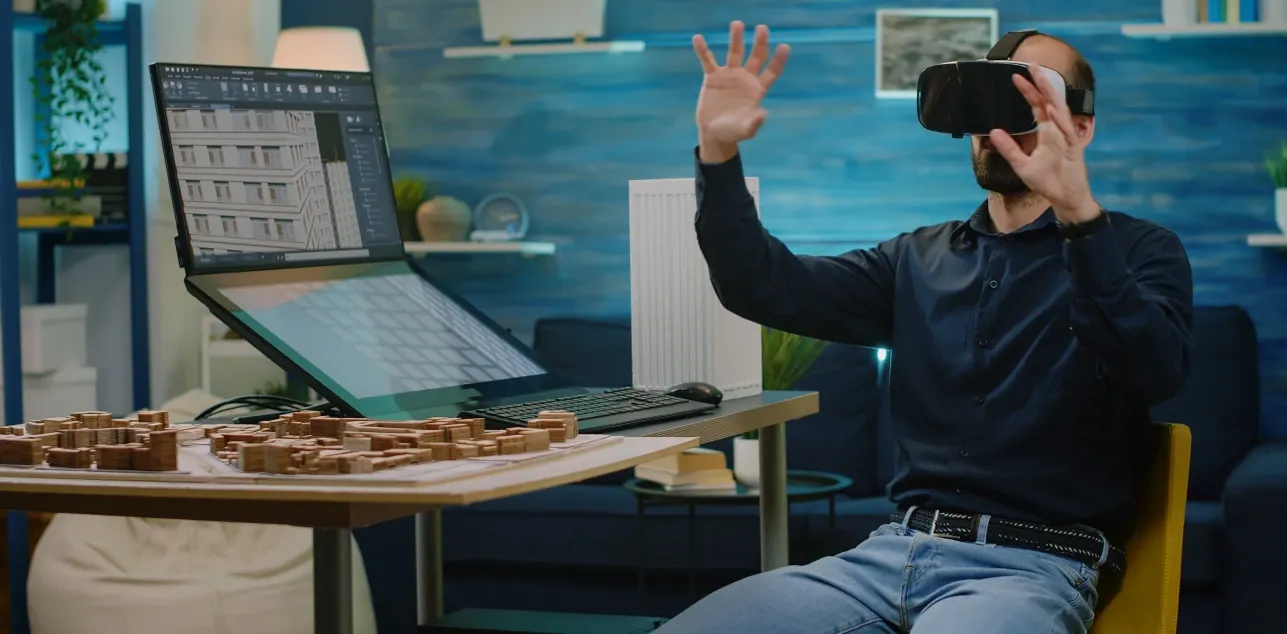Why Generic AI is a Blind Spot for UAE's Construction and Fuel Retail Leaders
In the UAE, your business is already state-of-the-art. You've invested in top-tier VMS platforms like Genetec and Milestone. You're leveraging the power of AWS and Azure AI. You have the best security "engine" money can buy.
But an engine isn't a race car.
For specialized industries like construction and fuel retail, generic AI has a critical blind spot. It can tell you that a person is in a restricted zone, but not why it matters. It sees a person, not a worker who has forgotten his safety harness. It sees a car, not a service bottleneck that's
costing you money.
This is the difference between simply watching and truly understanding. Our solutions are not just add-ons; they are purpose-built AI applications that think like your best operations manager.
Construction: From Simple Alerts to Accident Prevention
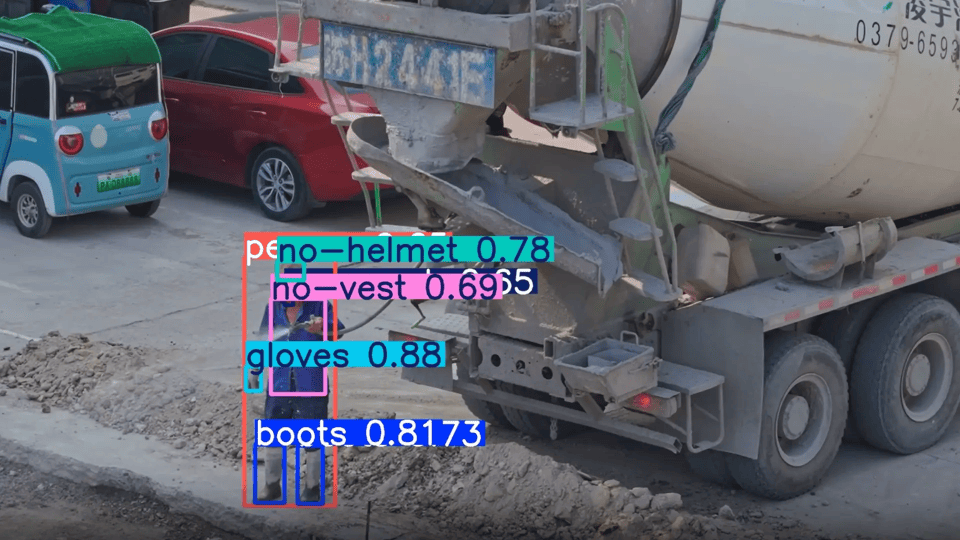
Your standard VMS analytics package is the baseline. Our platform is built to see what it misses: the precursors to accidents.

Fuel Retail: From Counting Cars to Operational Mastery
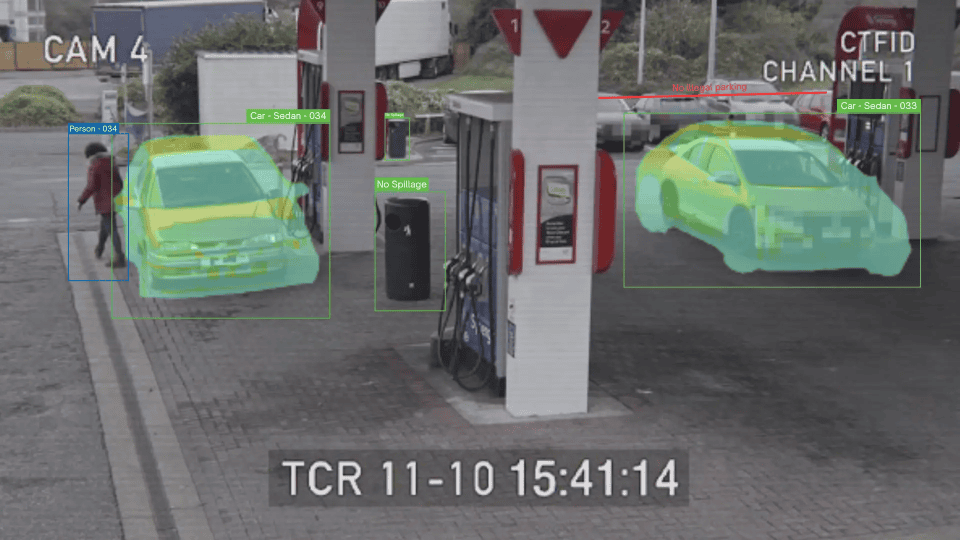
Any cloud AI can be trained to count cars. Our solution comes out-of-the-box ready to enforce your SOPs and supercharge your efficiency.

The Choice: A Blunt Instrument or a Surgical Tool?
Foundational platforms from AWS, Microsoft, Genetec, and Milestone are essential. But for your specific operational challenges, they are a blunt instrument.
You need surgical precision.
We provide that final, critical layer of intelligence, pre-tuned to your industry's unique risks and workflows.
Stop just monitoring your operations. Start mastering them.
